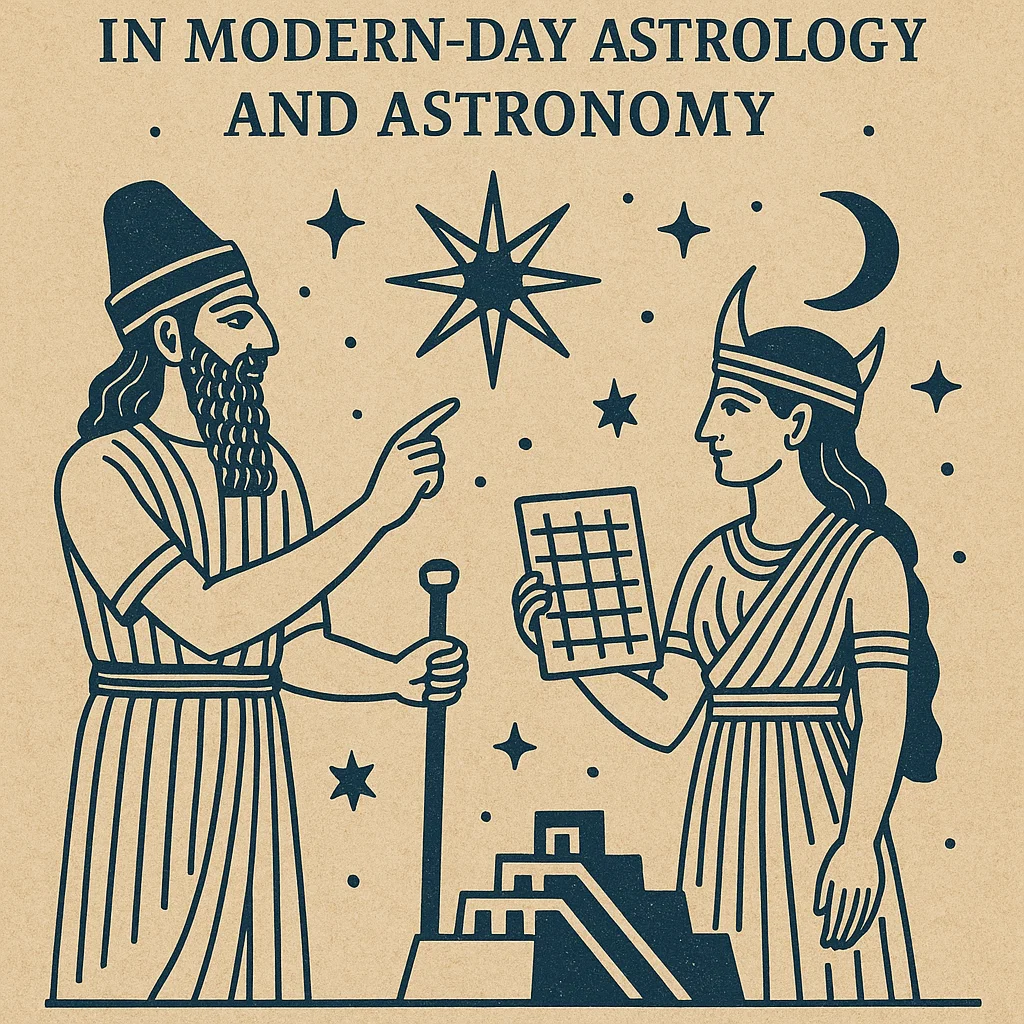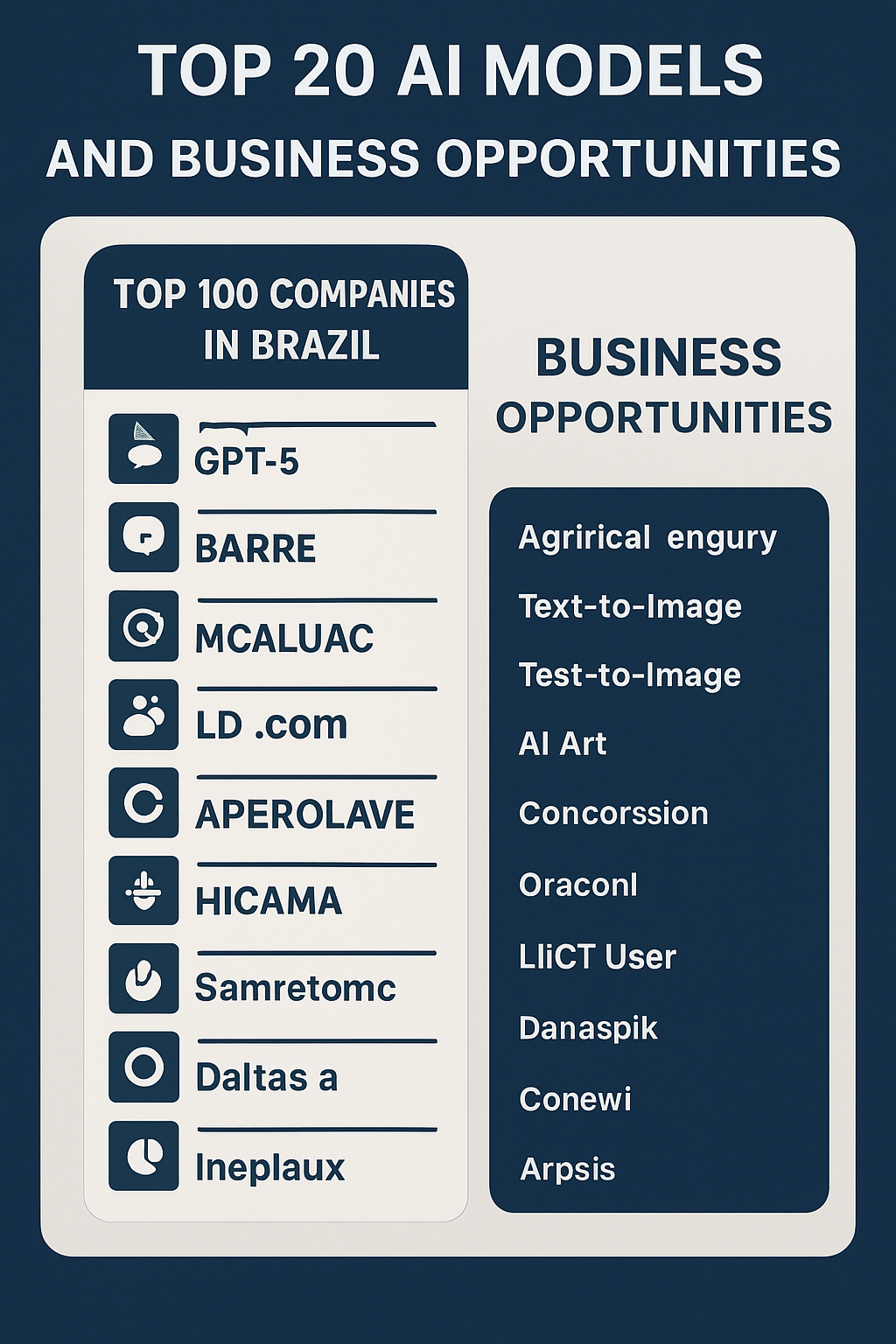The Islamic era was a time of great innovation and advancement in engineering and architecture. One of the most influential figures of this time was Sinan, a celebrated Ottoman architect who designed over 400 buildings, including the magnificent Süleymaniye Mosque in Istanbul. Sinan’s designs revolutionized the use of domes and arches, creating a sense of grandeur and elegance that would inspire architects for centuries to come.
Another notable example is the Alhambra in Granada, Spain, a breathtaking palace and fortress complex that showcases the intricate geometric patterns and Arabesques that are hallmarks of Islamic art and architecture. The Alhambra’s use of muqarnas, ornate vaulting that creates a sense of depth and texture, is a testament to the ingenuity and craftsmanship of Islamic engineers and architects.
These iconic structures, and many others like them, demonstrate the profound impact that Islamic art and architecture have had on the world. They continue to inspire wonder and awe in people around the globe, a lasting legacy of the creativity, skill, and devotion of Muslim artists and craftsmen.”













